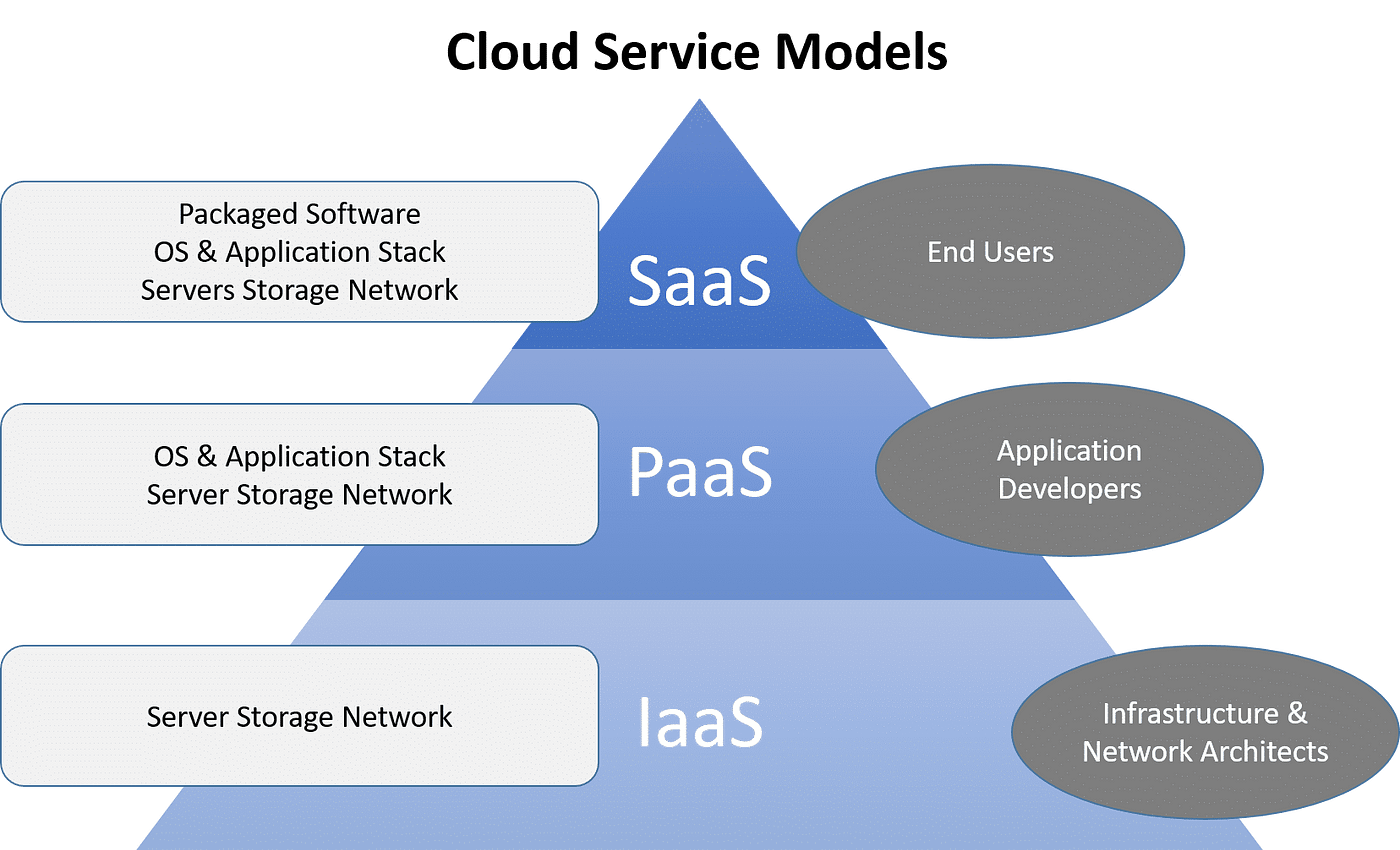Achieve Seamless Scalability With Cloud Solutions
In the ever-evolving landscape of cloud services, attaining smooth scalability stands as a keystone for modern-day businesses seeking to remain adaptable and competitive. The ability to effortlessly broaden or get sources in reaction to transforming demands is a critical advantage in today's fast-paced digital atmosphere. By mastering the art of scalable cloud solutions, companies can not just enhance performance and improve procedures but likewise lead the method for future development and development. The pursuit for seamless scalability with cloud solutions introduces a globe of opportunities for those ready to accept the transformative power of dynamic resource monitoring.
Benefits of Cloud Scalability
Cloud scalability offers companies the versatility to dynamically change resources based upon need, making sure ideal efficiency and price efficiency. One essential advantage is the capability to scale resources up or down rapidly in feedback to changing workloads. This agility enables businesses to fulfill transforming client demands without over-provisioning resources, inevitably causing cost financial savings. Scalability likewise enhances efficiency by guaranteeing that systems can handle increased traffic or workload without experiencing downtime or downturns. By effectively alloting resources, organizations can preserve high degrees of performance during peak times without unneeded expenditures during quieter durations. Additionally, cloud scalability promotes development and trial and error by allowing services to quickly examine originalities and range them as required. This versatility motivates a culture of constant improvement and adjustment, allowing companies to stay competitive in a rapidly developing market landscape. Ultimately, the advantages of cloud scalability expand beyond expense savings to include improved efficiency, dexterity, and technology.
Key Features for Scaling
Effective scaling in cloud solutions counts on vital features that enable organizations to change resources dynamically based upon need. One necessary function for scaling is flexibility, permitting sources to scale up or down in response to varying work. This ensures that companies can satisfy performance needs without over-provisioning sources. An additional key feature is scalability, enabling systems to take care of raised work by adding resources seamlessly. This function is vital for accommodating growth without compromising performance. Additionally, automation plays an important role in scaling by automating the provisioning and de-provisioning of resources based on predefined policies. Automation decreases human intervention, boosts effectiveness, and makes sure rapid response to altering needs. Surveillance and analytics tools are additionally vital for scaling, giving understandings right into source use, performance metrics, and potential traffic jams. These devices make it possible for companies to make informed decisions and optimize source allowance for effective scaling. On the whole, these crucial features jointly equip organizations to accomplish smooth scalability in cloud solutions.
Implementing Auto-Scaling Techniques
To successfully maximize resource allotment and adjust to differing workloads, organizations must strategically apply auto-scaling strategies in their cloud services framework. Auto-scaling allows systems to automatically readjust the variety of compute resources based on real-time need. There are numerous auto-scaling approaches that companies can utilize, such as predictive scaling, which uses historic information to forecast future source requirements, and reactive scaling, which replies to current work adjustments.

Finest Practices for Scalability
For organizations intending to improve their scalability in cloud services, carrying out ideal practices is important for optimum efficiency and resource administration. One key ideal technique is creating applications with a microservices style. This method breaks down applications right into smaller sized, independent solutions that can read be deployed, upgraded, and scaled independently, permitting higher versatility and scalability.
Another vital practice is using containerization modern technology, such as Docker or Kubernetes. Containers make it possible for the product packaging of applications and their reliances into isolated systems, making it much easier to scale elements independently and release them constantly across various atmospheres.
Furthermore, executing automated release and framework as code (IaC) can streamline scalability initiatives (linkdaddy cloud services). Automation tools like Terraform or Ansible assistance in provisioning and handling resources effectively, minimizing manual errors and enabling rapid scalability
In addition, keeping an eye on performance metrics, establishing alerts, and carrying out regular capacity planning are crucial practices to guarantee proactive scalability management. By sticking to these finest practices, organizations can accomplish seamless scalability in their cloud solutions while optimizing performance and source utilization.
Surveillance Performance Metrics
When examining the performance of cloud solutions scalability, closely checking efficiency metrics is crucial for making sure optimal capability and source allotment. By constantly tracking key performance indications (KPIs) such as reaction times, throughput, resource, and latency utilization, companies can get useful understandings right into the health and wellness and performance of their cloud facilities. Keeping track of performance metrics permits the early detection of possible bottlenecks or concerns that can affect scalability, making it possible for aggressive steps to be required to address them before they intensify.

Verdict
In conclusion, achieving seamless scalability with cloud solutions is important for companies to maximize more efficiency, enhance technology, and keep high efficiency levels during peak times. By leveraging the advantages of cloud scalability, implementing auto-scaling techniques, using vital functions such as elasticity and automation, and complying with ideal techniques like application style and efficiency tracking, businesses can efficiently scale their systems while making the most of source use and efficiency.
The mission for seamless scalability with cloud services introduces a globe of possibilities for those willing to embrace the transformative power of dynamic resource management.
Cloud scalability offers companies the flexibility to dynamically change resources based on demand, making certain optimum efficiency and price effectiveness. One more crucial attribute is scalability, making it possible for systems to deal with raised workload by adding resources perfectly.For organizations intending to improve their scalability in cloud services, applying ideal practices is essential for optimal performance and source administration.When examining the effectiveness of cloud services scalability, very closely checking performance metrics is imperative for ensuring ideal capability and resource allocation.